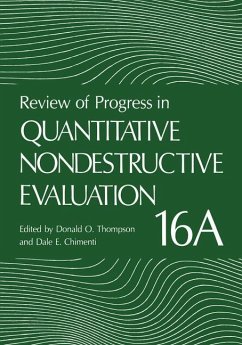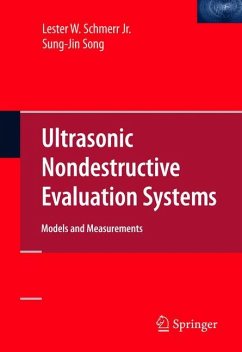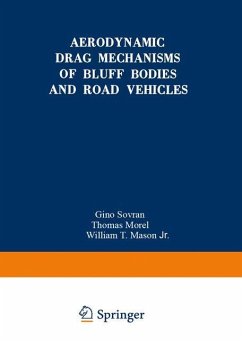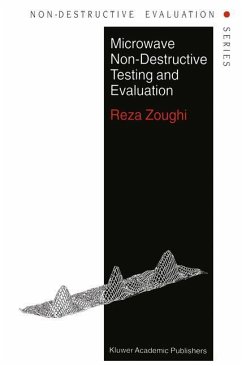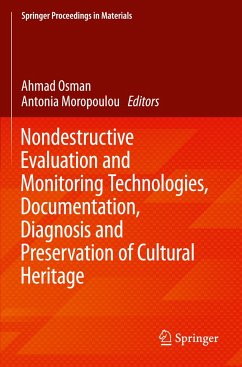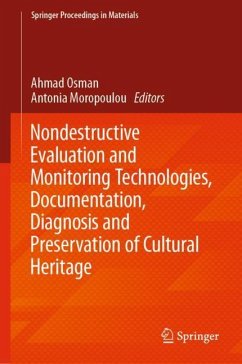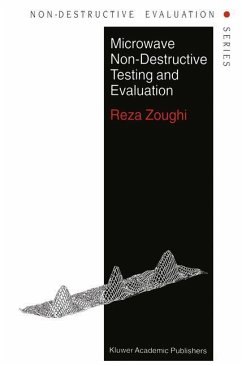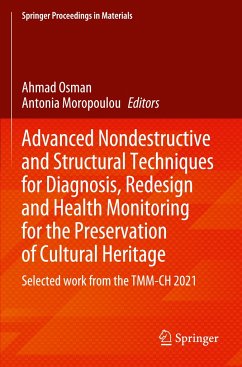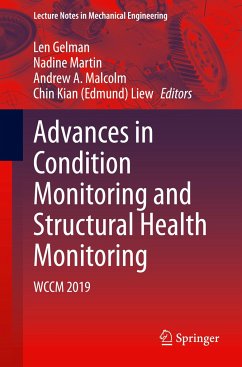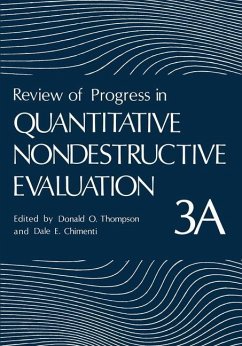
Review of Progress in Quantitative Nondestructive Evaluation
Volume 3A
Herausgegeben: Thompson, Donald

PAYBACK Punkte
39 °P sammeln!
This Proceedings contains the edited papers presented at the annual Review of Progress in Quantitative NDE held at the University of California, Santa Cruz, Aug. 7-12, 1983. In it, papers have been arranged topically by chapters and subsections rather than by order of presentation at the Review. The editors believe that this format is preferable as a reference volume. Thus, the Proceedings contains nine chapters and subsections which provide broad coverage of topics of current interest in NDE research and development. The Review was sponsored by the Center for Advanced NDE, Ames Laboratory of ...
This Proceedings contains the edited papers presented at the annual Review of Progress in Quantitative NDE held at the University of California, Santa Cruz, Aug. 7-12, 1983. In it, papers have been arranged topically by chapters and subsections rather than by order of presentation at the Review. The editors believe that this format is preferable as a reference volume. Thus, the Proceedings contains nine chapters and subsections which provide broad coverage of topics of current interest in NDE research and development. The Review was sponsored by the Center for Advanced NDE, Ames Laboratory of the U. S. Department of Energy, in cooperation with the Office of Basic Energy Sciences, USDOE, the Defense Advanced Research Projects Agency, the Materials Laboratory of the Air Force Wright Aeronautical Laboratories, and the Naval Sea Systems Command. Approximately 275 attendees representing various government agencies, industry, and academia participated in the technical presentations, poster sessions, and discussions. This Review, possibly the most comprehensive annual symposium in NDE, emphasizes both basic research and early engineering applications; it provides a valuable forum for the transfer of technical information. Para graphs given below provide a brief summary of the contents of the Proceedings. Chapter 1 consists of four papers that discuss elements of NDE Reliability and contains the keynote paper given by Dr. J. M. Coffey of the NDT Applications Centre, Central Electricity Generating Board, Manchester, England. In his paper, Dr.





